This week in CEP 818, we were asked to examine the idea of patterning. My understanding of the cognitive tool of patterning is that it is a repetitive form or plan to something. Patterns are all around us. “Every moment of every day we organize the random events we see, hear, or feel by grouping them” (Root-Bernstein, 1999, p.92). It’s interesting to think about the actual number of patterns we come in contact with in a day. As someone who loves organization, I can say that I truly appreciate the art of patterning.
Identifying Patterns
There are many patterns within my chosen focus area of plants. The patterns that stand out the most are the patterns I use to help students classify different kinds of plants. In class we talk about plants that make seeds vs. plants that don’t make seeds, gymnosperms vs. angiosperms, vascular vs. nonvascular, etc.. We look a pictures and I explain the characteristics of each. Students take notes and are eventually expected to be able to sort the plants on their own. I have always viewed this as being helpful to their learning. I provide them with the information they need to determine which category each plant falls under. However, after reading this week’s chapters in Sparks of Genius The 13 Thinking Tools of the World’s Most Creative People, I’m beginning to think that finding the patterns for them may actually be hindering their learning.
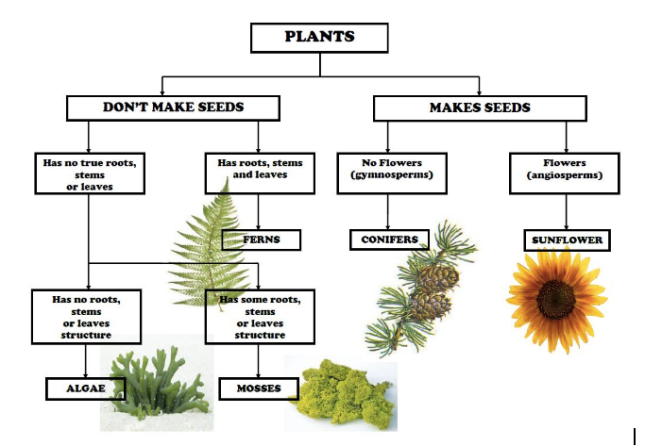 Image Retrieved from https://imanshomeschool.wordpress.com/2013/05/01/plant-classification-chart/
Image Retrieved from https://imanshomeschool.wordpress.com/2013/05/01/plant-classification-chart/
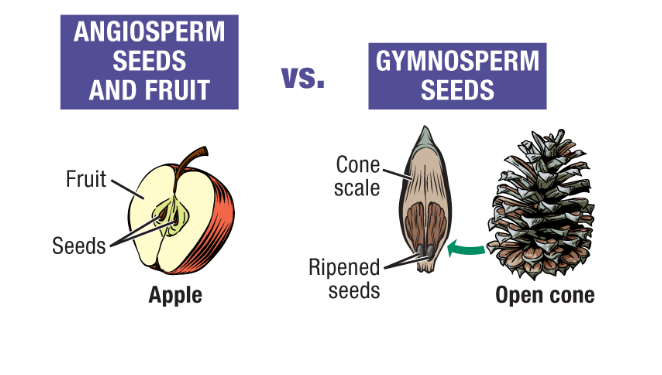 Image Retrieved from http://way2usefulinfo.blogspot.com/2013/01/some-differences-between-angiosperms.html
Image Retrieved from http://way2usefulinfo.blogspot.com/2013/01/some-differences-between-angiosperms.html
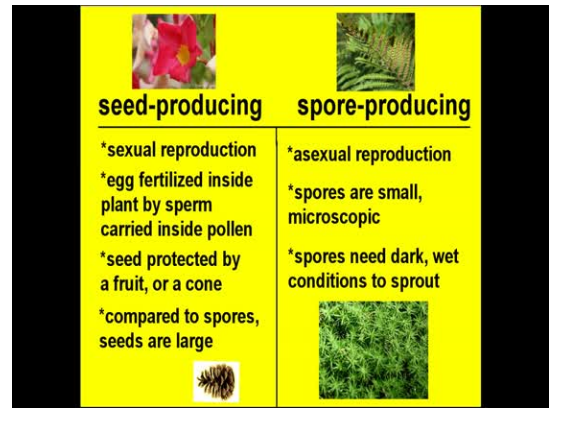
Image Retrieved from https://www.schooltube.com/video/5b5558f62d4846bf81f2/Seeds%20and%20Spores
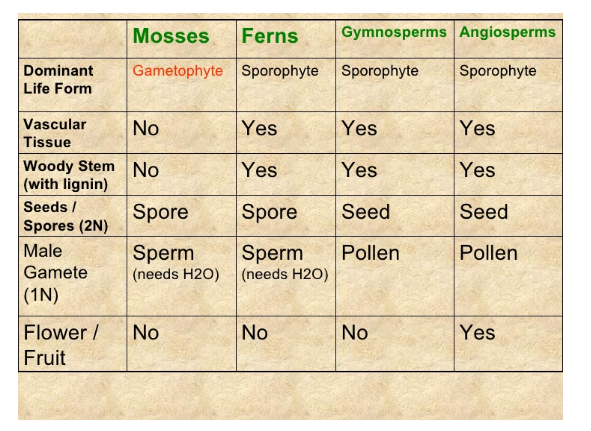
Creating Patterns
“There are so many ways of looking at the same object or idea, yet most of us see only one way” (Root-Bernstein, 1999, p.102). This got me thinking, why should students be confined to the patterns I see (or the patterns that have been identified for me) in plants? We know that the best way to find patterns is through multi-sensory observation (Root-Bernstein, 1999, p. 99). My re-patterning idea is to provide students with pictures, videos (and other digital tools), actual plants, and nature walks where they are using all their senses to find patterns in plants. While most of my observations have relied heavily on sight, this would allow the students to experience the plants in a new way. For example, they might notice that certain plants are rough while others are smooth or that some plants smell sweet while others do not.
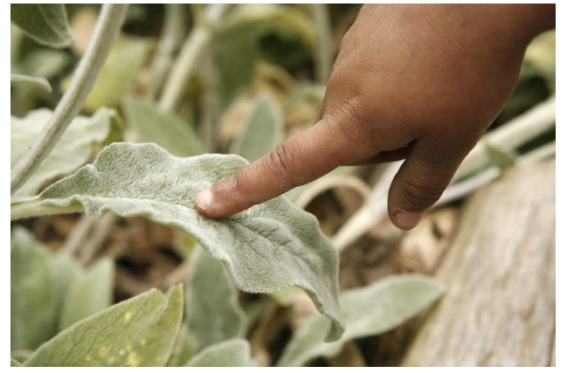 Image Retrieved from serenityinthegarden.blogspot.com
Image Retrieved from serenityinthegarden.blogspot.com
My prediction is that students would find several patterns that I had never even thought about. Students would gain deeper understanding through their own exploration. I love the idea of empowering students to discover the content on their own. I know that by re-patterning this topic, students would be more engaged and in the end would be able to classify plants in a way that is meaningful to them.
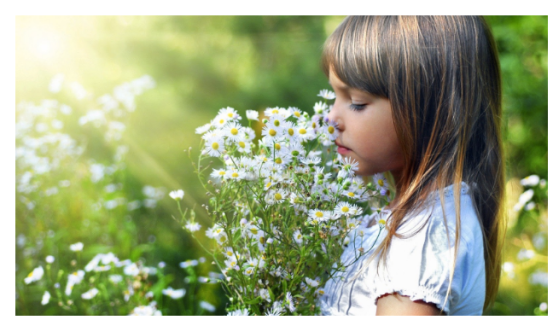 Image Retrieved from http://paper4pc.com/
Image Retrieved from http://paper4pc.com/
References
Root-Bernstein, Robert & Michele. (1999). Sparks of genius the 13 thinking tools of the world’s most creative people. Houghton Mifflin Company. New York, New York.